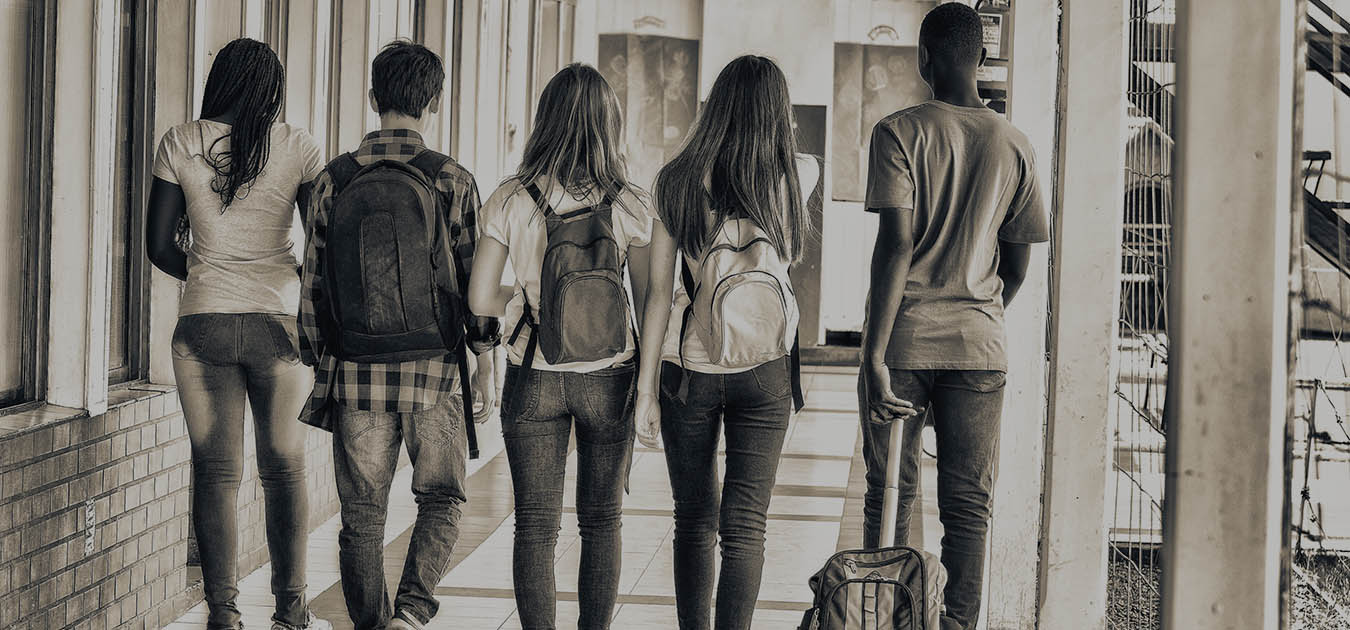Children and Adolescents
Children and adolescents: magnitude of poverty and extreme poverty in Brazil
The first part of the series on poverty among children and adolescents presents the evolution of monetary poverty among children and adolescents aged 0 to 17 years in Brazil, addressing the incidence, distribution and poverty gap.
Based on microdata from the Continuous PNAD, the panel analyzes poverty and extreme poverty between 2012 and 2024. In addition to the cut in the regional poverty line, it also includes the World Bank’s poverty line with updated values, which now considers US$ 2.15 per day for extreme poverty and US$ 6.85 per day for poverty.
The data can be disaggregated by sex, age group, race or skin color, area of residence, region and Unit of the Federation. The analysis for the 0 to 17 age group allows us to reflect on issues related to intragenerational social mobility, covering young people up to the maximum age for compulsory basic education.
This panel sheds light on different realities of children and adolescents in Brazil, bringing results that help in the formulation of strategies to mitigate inequality of opportunities and break the poverty trap.

Children and adolescents: monetary poverty and conditions for skills development in Brazil
The second part of the series on the conditions of children and adolescents in Brazil compares characteristics of households and their residents between poor children and adolescents and those in households with the 20% highest per capita income.
This panel addresses monetary poverty and conditions for the development of skills of children and adolescents in Brazil, based on data from 2012 to 2024 from the Continuous PNAD. In the first study, we addressed the evolution of poverty; now we explore barriers to social mobility.
The panel compares characteristics of poor children and adolescents (according to the selected poverty line) with those in higher-income households. Topics such as household composition, housing conditions, access to durable goods and technologies, education of cohabitants and educational outcomes of young people aged between 0 and 17 years are analyzed.
These indicators highlight different realities and provide data to qualify the debate on social mobility.

Characterization of per capita household income of children and adolescents in Brazil
The third part of the series on the conditions of children and adolescents in Brazil compares the composition of the per capita household income of children and adolescents in poor households and those among the 20% with the highest income.
Based on microdata from the Continuous PNAD, the panel compares the composition of per capita household income between children and adolescents (0-to-17-year-olds) in poor households, using the regionalized and national poverty line, and those with income among the 20% highest in the country. In addition, it allows you to explore age group, area of residence, sex and skin color or race of the head of household, covering the years 2012 to 2024.
This panel closes the series by highlighting socioeconomic differences that impact the development of children and adolescents in Brazil. It presents indicators such as financial dependence ratio, occupation and composition of household income, supporting reflections on how to promote greater equality of opportunities and social mobility.
